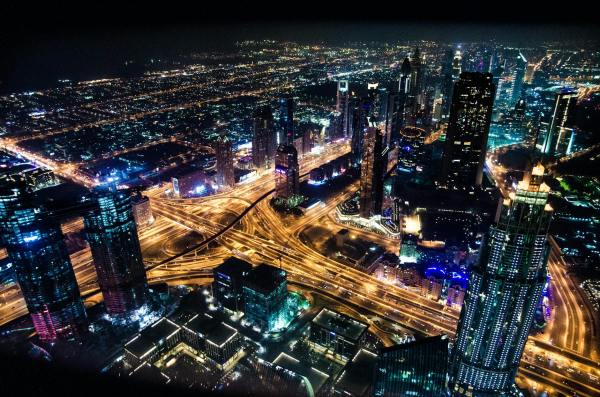A network of buildings arranged in streets occupied by a dense population. That’s a city, and today the five most populous cities on the planet have more than 20 million people, with Tokyo, the most populous, having more than 37 million. These figures confirm that about 55% of the world’s population, or about 4.2 billion people, live in urban areas, and the trend is expected to grow further to about 70% by 2050, according to World Bank forecasts from as early as 2020.
What is a Smart City?
It is what could be called an intelligent, i.e. connected, city. Connected for what? To improve the sustainable economic, environmental and social development of those who live in them, and thus increase their well-being and ensure the well-being of future generations.
But how can the liveability and sustainability of increasingly large and populated urban centres be improved? By looking for ways to create ever more people-friendly spaces, technology is able to provide an effective response. Connected and smart, this city concept is characterised by harnessing the full potential of Information and Communication Technologies (ICTs) to create healthier, safer, more efficient and inclusive spaces, where the development of people and businesses does not jeopardise the future of natural resources.
Thus, the main characteristic of what are known as 4.0 cities is the use of ICTs that allow the connection of those strategic elements to improve the efficiency of services and a better management of resources.
Digitalisation, the basis of the smart city
A Smart City is built on the new mobile internet networks, especially the next generation 5G network. This network is already born with the urgency to be more sustainable than previous ones, as it needs less energy to connect more and more people and devices. The implementation of the 5G mobile network has facilitated the use of other technologies such as the Internet of Things, IoT, and the use of Big Data.
In these urban spaces, the connectivity of devices is of great importance as it allows them to communicate with one another and to transmit and receive data. This information is sorted, classified and analysed thanks to Big Data, which is able to study large volumes of data in real time to extract trends and anticipate solutions, so that service managers can make the right decisions.
Thanks to these tools it is possible to optimise mobility through traffic management based on the state of the roads, improved resource management and greater accessibility to services, such as health or education, thanks to telecare or remote education, as well as greater well-being thanks to transparency in the management of cities and the possibility for citizens to connect directly with governments and be closer to what concerns them, thanks to the transparency that the data provide.
Mobility and other advantages of the Smart City
Thus, the smart city focuses on four fundamental aspects: environment, economy, mobility and citizenship. On these four pillars, important points such as the efficient management of water and electricity supplies, appropriate waste management and climate control in smart buildings are developed. In terms of mobility, the smart city controls traffic, the number of free parking spaces and improves pedestrian safety. It also encourages the use of public transport and other sustainable mobility approaches such as car sharing, in order to reduce CO2 emissions and save energy.
Technology drives people’s safety, not only in the road safety sector. Also, through video surveillance and venue capacity control, for example at beaches, sporting and cultural events, and other aspects such as fire prevention, access to hospital resources and monitoring air and water quality.
It also improves people’s accessibility to services and allows citizens to interact with what is happening around them, promoting transparent governance and opening reliable internet access points for all.
What are the main Smart Cities?
Today, many countries face the challenge of making cities inclusive, safe, resilient and sustainable spaces. The term Smart City has already been applied to a number of large capital cities. This shows that cities can become better places, thanks to connectivity and the adoption of new technologies. In addition, technological growth helps capital cities to grow through more efficient and sustainable urban planning.
In terms of the main Smart Cities on the planet, there are several rankings that point to cities such as Singapore, London, New York, Paris and Zurich, among others, as the most outstanding. All of them have made a major effort to implement sensors and other connected devices in their metropolitan areas. Singapore has gone further and has developed a 3D digital model, with the aim of sharing data that can be used by businesses, citizens and the scientific community.
The Smart City is built with the well-being of people and the environment as the main aspects on which to grow.











